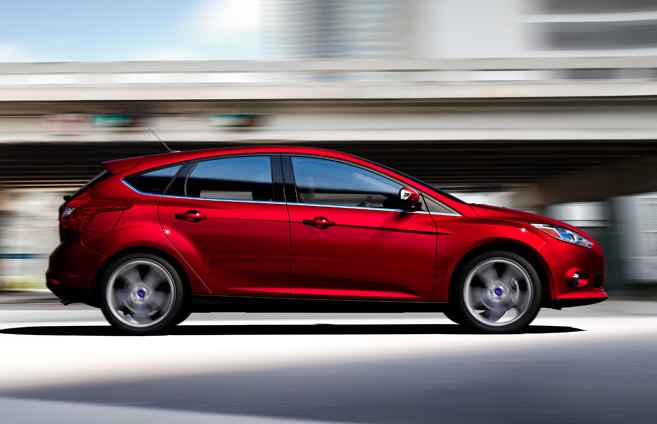
Car Pricing Doesn’t Have to Be Complicated
As a consumer, it’s easy for me to tell car dealers to sell their cars for less. As a business person, I understand the challenges faced with selling items that have such small margins while being so costly. As a marketer, I know that both sets of goals, those that belong to customers and those that belong to dealers, can be met with a little pricing simplification.
No, I’m not calling on dealers to go to a one-price model. That has proven to be detrimental to both dealers and customers when the haggling is taken out of the equation. As much as most people hate haggling, it’s in their best interests to do so, particularly if there’s a trade-in involved, so that they can get a fair deal based upon market conditions rather than arbitrary prices set by accountants doing static calculations. I’m sure there are dealers out there using the one-price model that swear by it, but most I’ve seen doing it either go back to the traditional model or fail with the broken one.
What I’d like to see is ease in pricing. I want to see all of the discounts available. I want to see them clearly marked and easily understood. I want to know that if there’s a student discount included, that I can mark that off of my list of incentives since I’m no longer a student.
More importantly, I want to see dealers put in their best price without it being their single price. Sounds impossible, right? How can a dealer put in a best price but still be willing to negotiate from there? In any car deal, a best price is not necessarily the lowest price that a car will sell for at a particular time. It’s the best price it can sell for in ideal situations. If a car is sought after, for example, that best price could be higher based upon demand. If it’s a common vehicle, the price could be lower. Based upon market conditions, sales goals at the dealership, potential for financing “back end” profits, and the quality of the trade-in, even a best price can be negotiated.
Dealers using tools like Automark’s pricing tool are able to make this happen manually without the time expenditure that’s normally associated with car pricing. They can maximize profits per vehicle without having to exclude themselves from consideration by being too expensive.
When dealers start to apply their understanding of the market and the vehicles rather than relying on common pricing automation, they’re able to do more than just make their customers happier. They can improve their own bottom line simultaneously.
This post may contain affiliate links. Meaning a commission is given should you decide to make a purchase through these links, at no cost to you. All products shown are researched and tested to give an accurate review for you.



